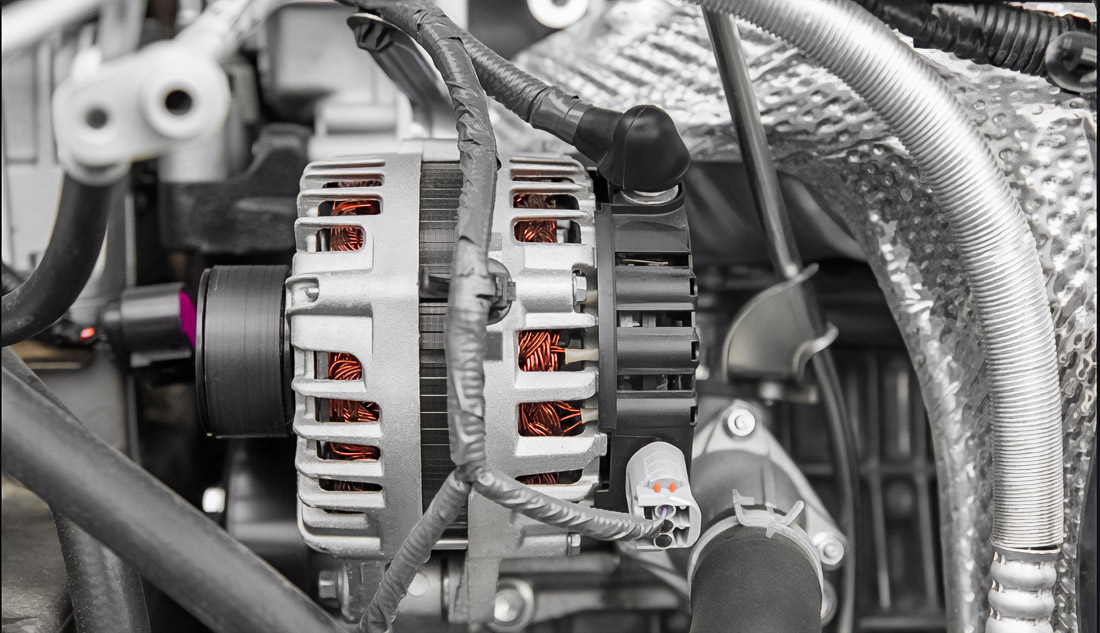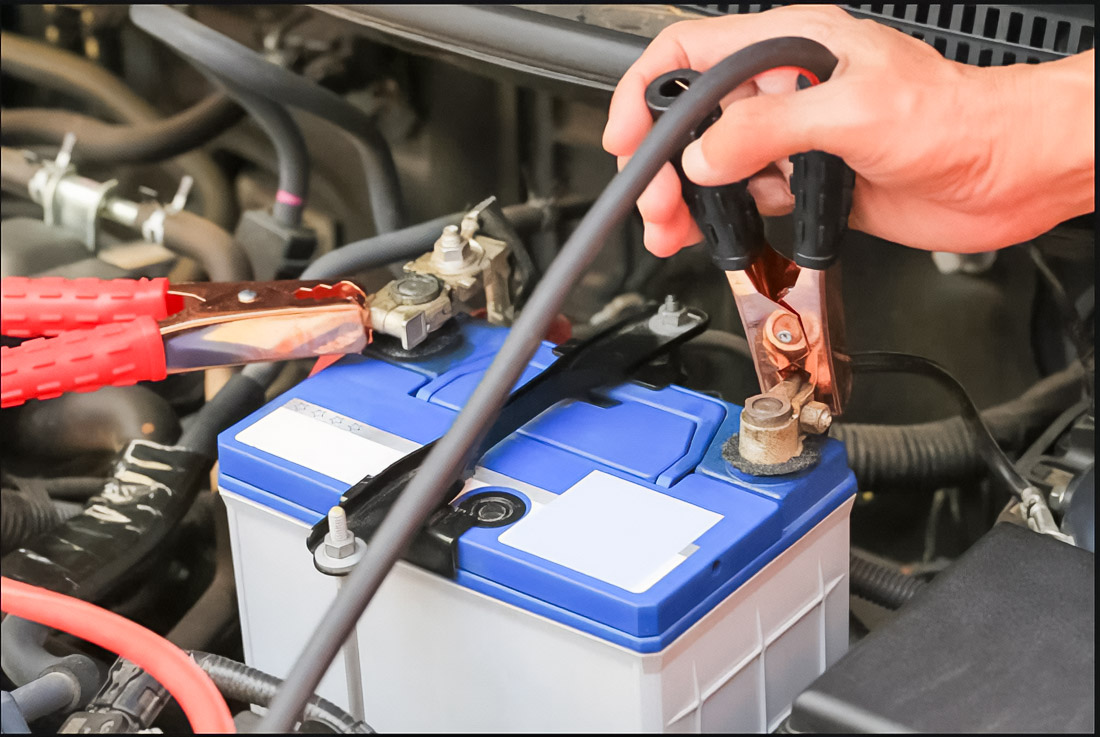Alternating current generator — this device plays the most important role in ensuring the uninterrupted operation of the car. In practice, the generator performs the task, which consists of the conversion of mechanical energy received from the engine into electrical. Just imagine: the rotor rotates inside the stator at a speed of more than 6000 revolutions in a minute, creating an alternating magnetic field. Such energy then turns into an electric current that generates about 14 volts to charge the battery and power all the car’s systems. Without this device, it would not work headlights, not display data on a dashboard, and with modern electronics, we could put a cross. Learn more about this at autobatteryhub.com.
Conversion Energy: Why Generators — This Integral Part Car

Alternating current generator — this device plays the most important role in ensuring uninterrupted operation of the car. In practice, the generator performs the task, which consists of the conversion of mechanical energy received from the engine into electrical. Just imagine: the rotor rotates inside the stator at a speed of more than 6000 revolutions in a minute, creating an alternating magnetic field. Such energy then turns into electric current, which generates about 14 volts for charging the battery and powering all systems of the car. Without this device, it would not work headlights, not display data on a dashboard, and with modern electronics, we could put a cross.
Healthy Battery: How Generator Contributes to Longevity Battery
Combination of energy, which the generator transfers to the battery, is extremely important for its long service. When the generator works flawlessly, it provides a charging voltage in the range of 13.5 – 14.5 volts. This helps maintain a full-capacity battery and can extend its service life up to 5-7 years under favorable conditions. However, if the generator fails and produces insufficient current, the battery is forced to work at full, which reduces its performance and can shorten its life by 30%. In case of overflow current, the battery risks overheating and failing within a few weeks.
Detection Faults: What Pay Attention to in Work Generator and Battery
- Difficulty with starting engine: If you started noticing that starting engine takes time or requires attempts, this might indicate low-level charge battery or faulty generator.
- Flickering or dim headlights: Deviations in brightness light headlights may be result unstable power supply from generator. More about this can learn at Automotive lighting.
- Warning indicators on dashboard: Indicators “Check Engine” or icon battery may signal malfunctions in charging system, which cannot ignore.
- Unusual sounds: Noises, such as grinding or squealing, may indicate damage in a belt or bearings generator.
Prevention and Maintenance: Basic Tips and Recommendations
- Checking voltage generator: Be sure to check the voltage generator with a multimeter to make sure that it is within normal limits.
- Inspection belt generator: Belt generator should be without cracks. It should replace every 60,000–100,000 kilometers.
- Cleaning terminals battery: Remove oxidation and contaminants from terminals, to avoid loss contact, which may reduce output power up to 20%.
- Checking level electrolyte: If you have a traditional battery, monitor the level of electrolytes once every six months.
Typical Problematic Situations, Requiring Checking Generator and Battery
Certain circumstances may indicate the necessity of immediate checking systems charging your car:
- Notice rapid discharge battery? Possible fault generator: time charging decreases to 40% from the norm.
- Failures in electronics car — reason conduct diagnostics system charging, as more than 50% malfunctions may be related to the generator.
- Burning smell — clear signal about dangerous overheating and possible loss of up to 30% efficiency due to faulty generator.
How to Take Care of State Battery Car
- Avoid deep discharge battery, as this reduces its life cycle by two times.
- Conduct regular checks before the winter season to avoid problems with starting in cold weather — loss of up to 20% capacity is inevitable.
- Use a charging device for maintaining a charged battery during periods of long downtime car.
How do you choose a reliable generator and battery?
- Proven manufacturers: Products from well-known brands, such as Bosch or Varta, significantly reduce the risk of premature failure.
- Compliance characteristics: Make sure that new devices comply with the technical requirements of your model car to avoid loss efficiency of up to 15%.
- Warranty and service: Carefully study conditions warranty — warranty service may play a decisive role in long service components.
Possessing knowledge about generators and batteries, adhering to regular maintenance and monitoring parameters replacement parts. This will minimize the risk of serious troubles, keeping your car in working condition for many years.

Baseball fan, shiba-inu lover, guitarist, reclaimed wood collector and doodler. Operating at the junction of art and programing to create not just a logo, but a feeling. I’m fueled by craft beer, hip-hop and tortilla chips.
